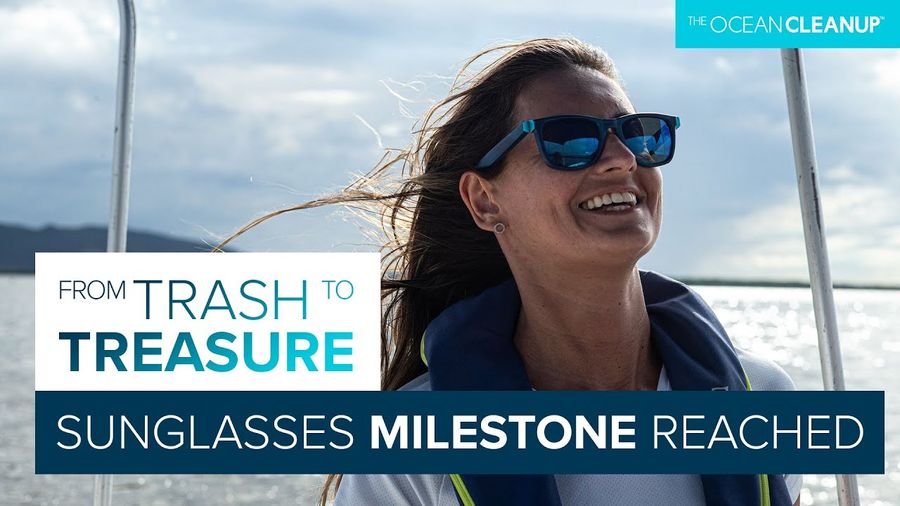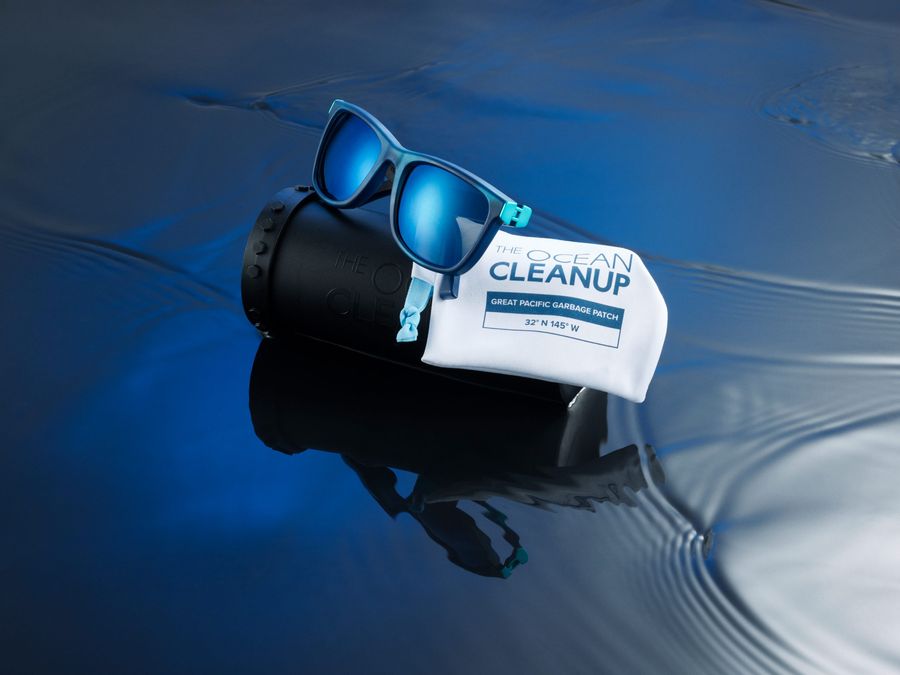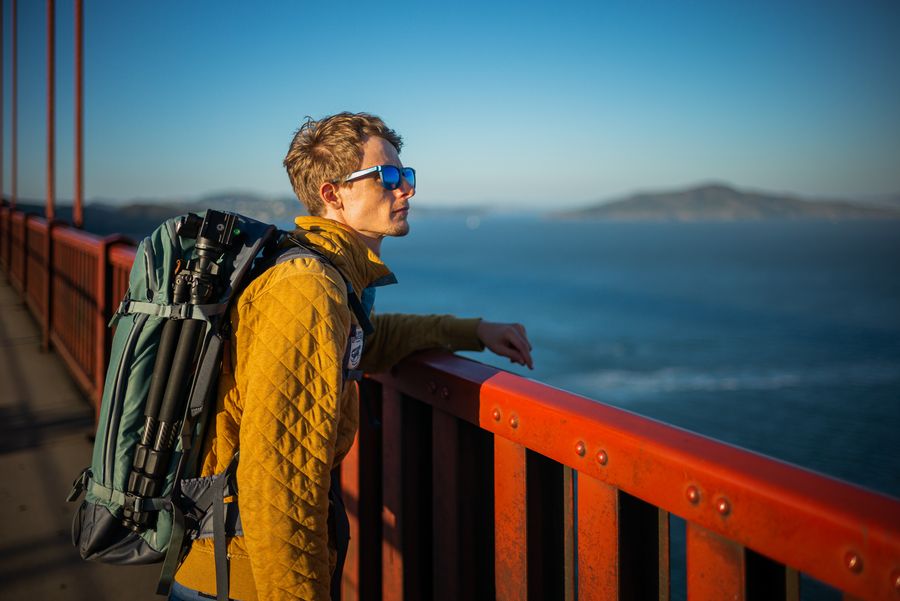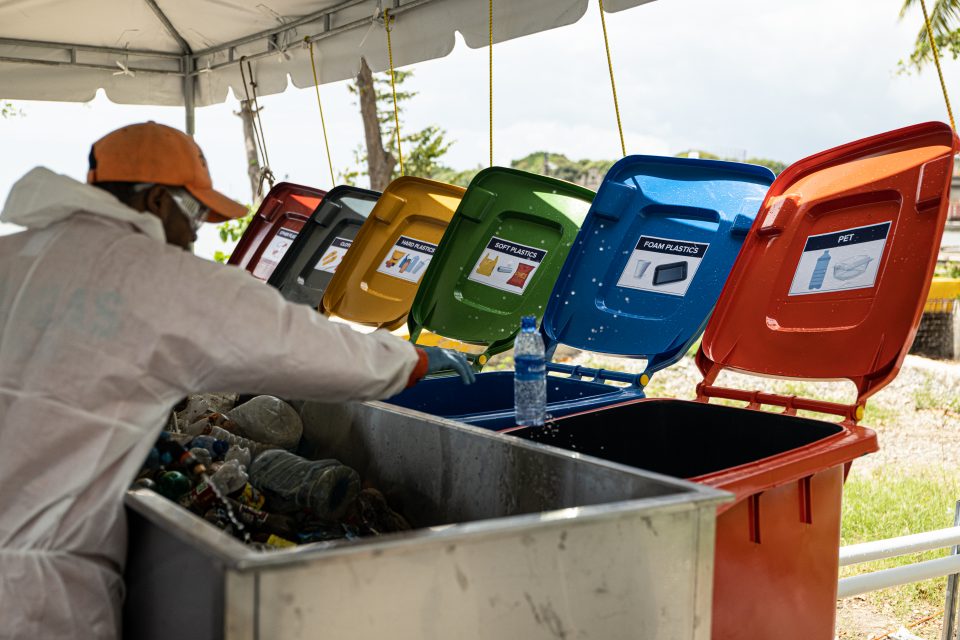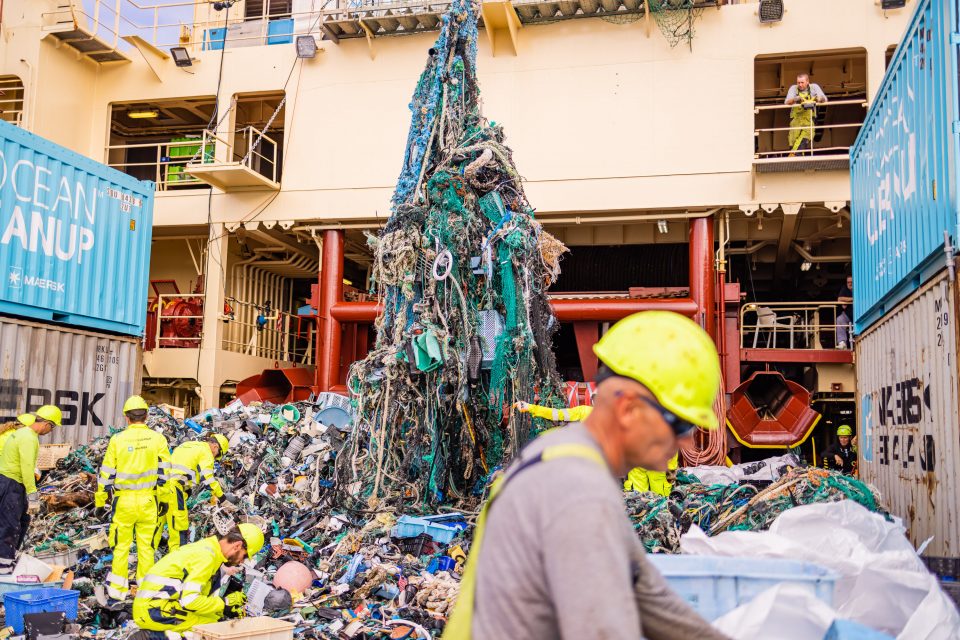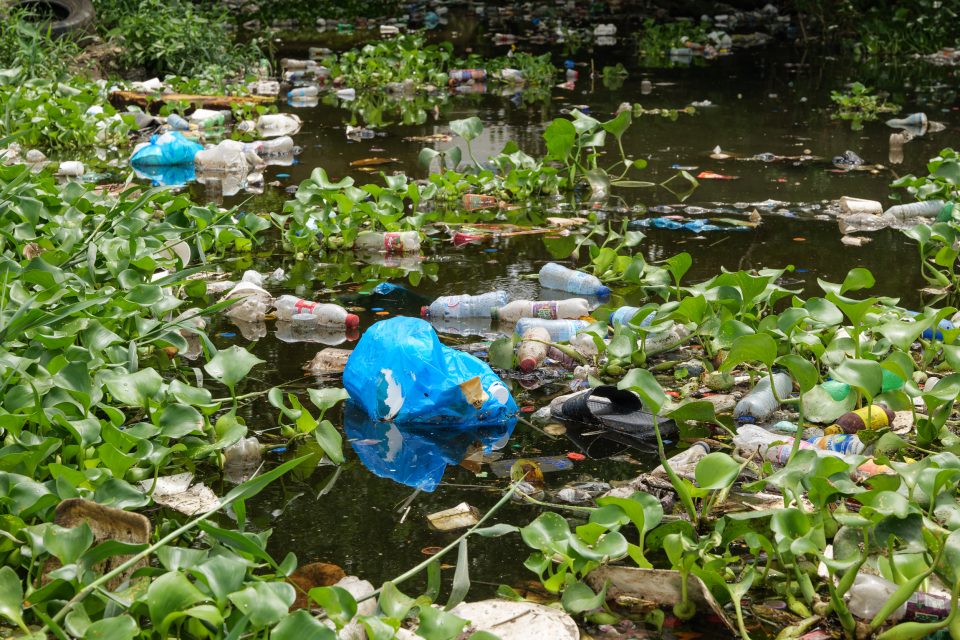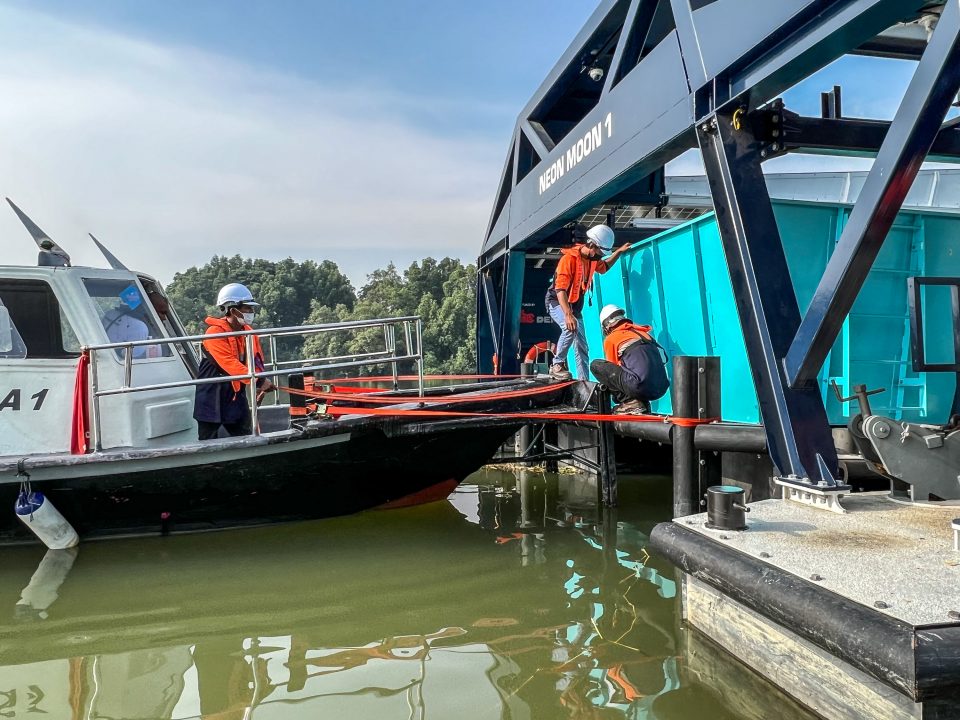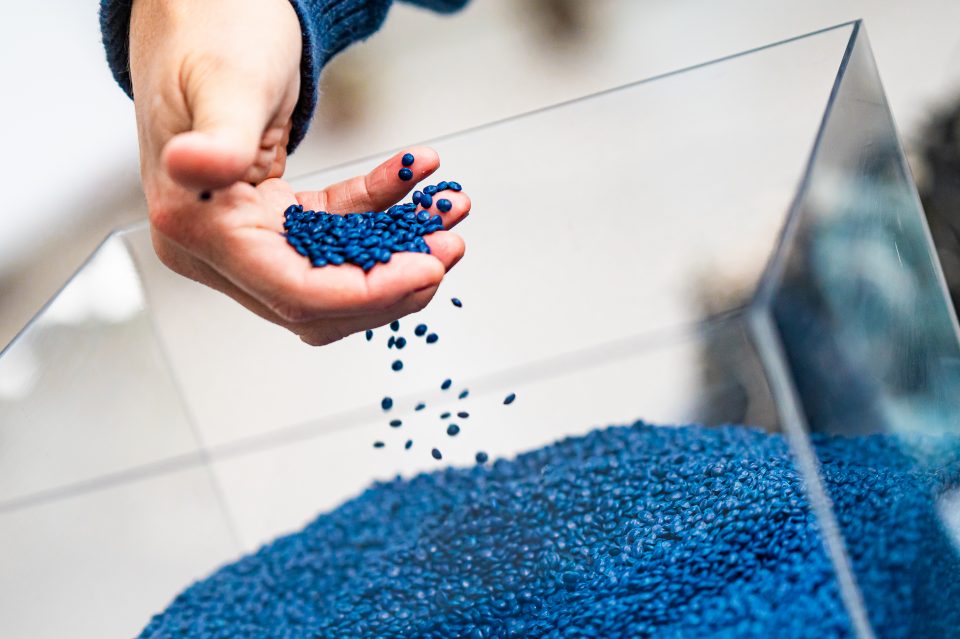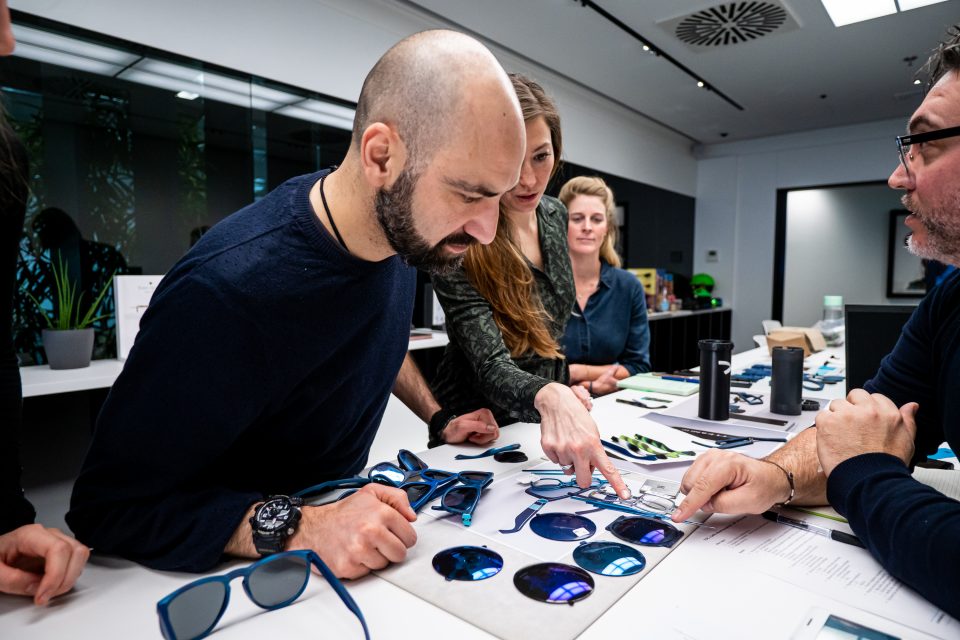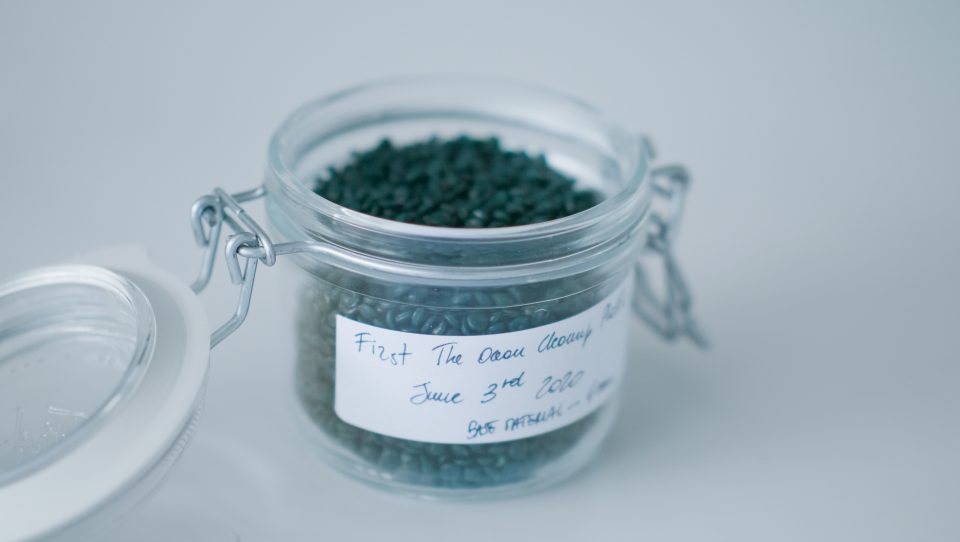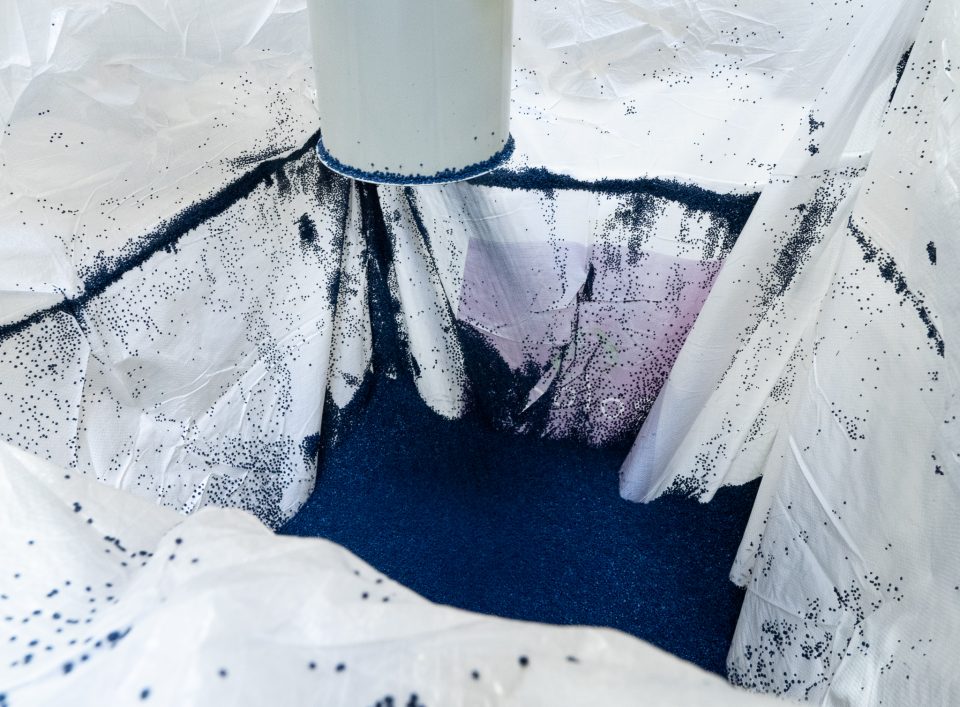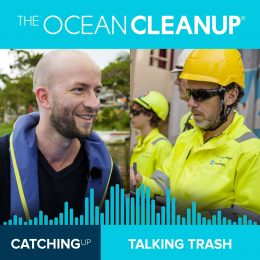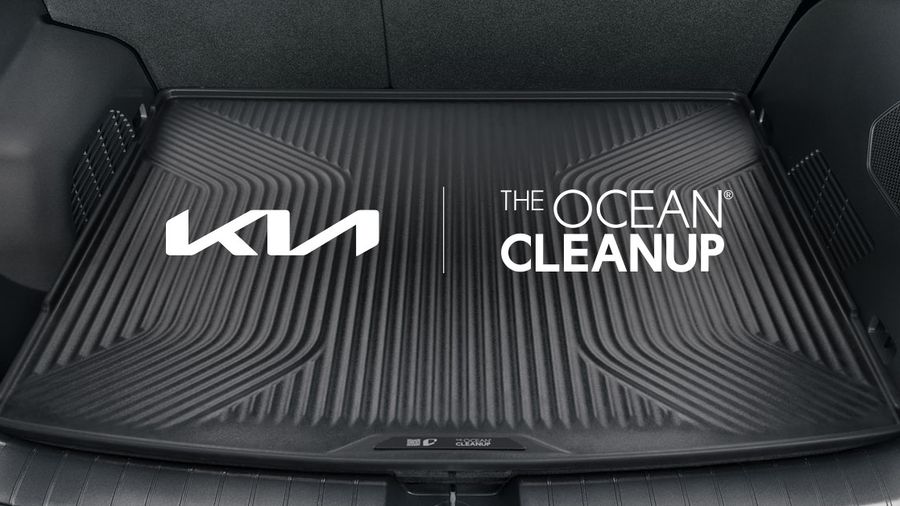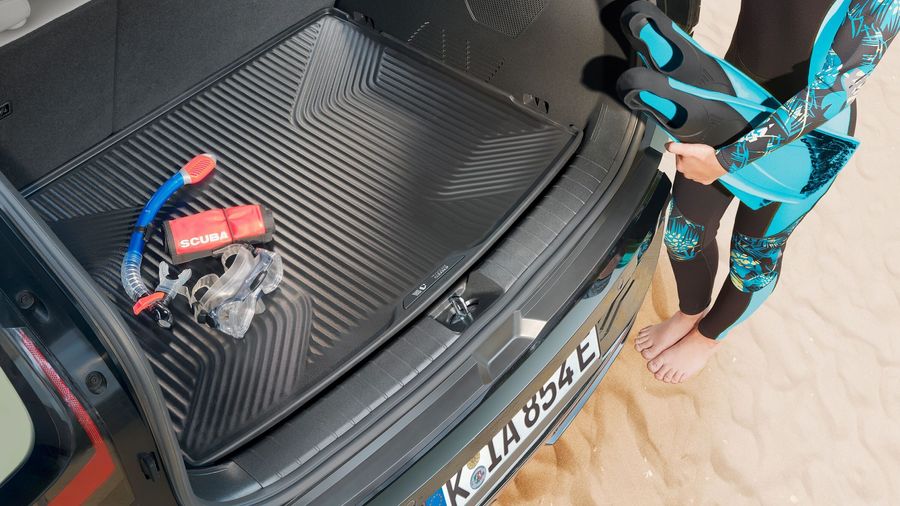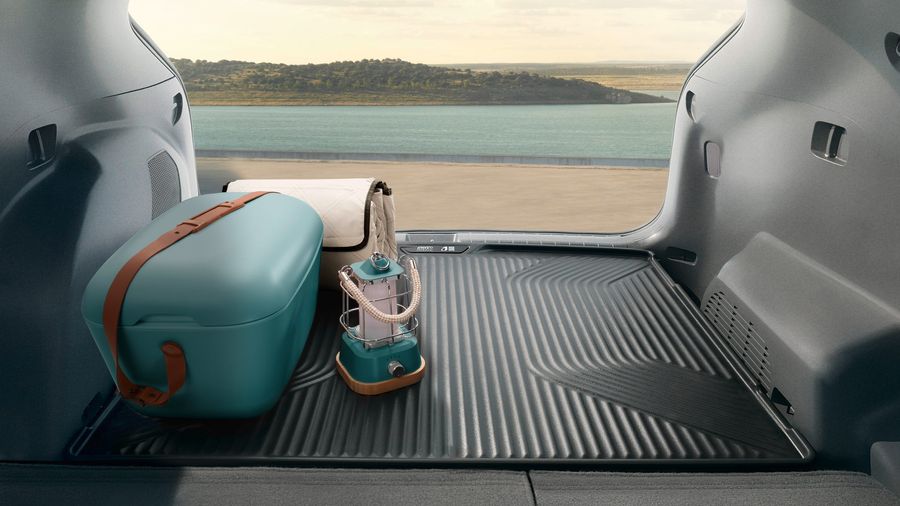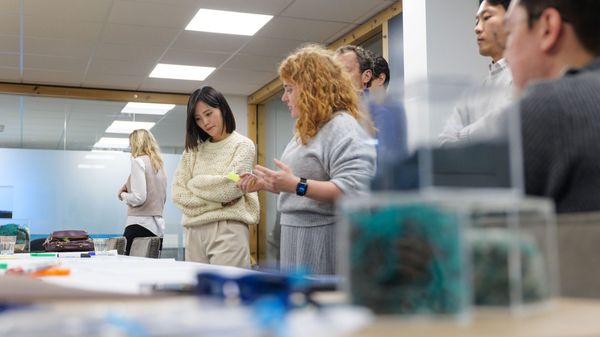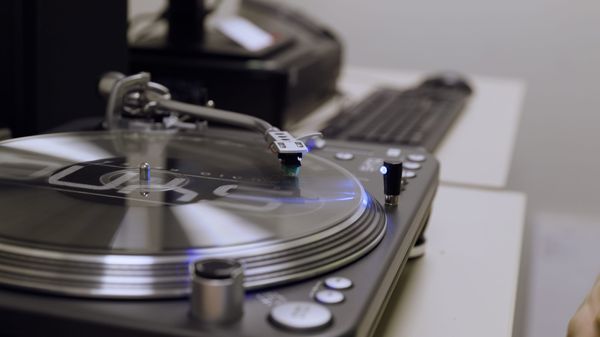
Waste Management and Recycling
Giving Value to Waste
Since the beginning of The Ocean Cleanup®, we have always planned to do something valuable with the plastic we clean up. We must keep this plastic from entering the environment again – either by creating durable new products or processing it otherwise. By giving ocean plastic a new purpose, we can turn the problem into a solution, and the funds we manage to raise this way will always go straight toward further cleanup.
“There is no such thing as waste – only wasted resources. When you can create value from waste, it isn’t waste anymore.”
Ocean VS. River Trash
The Ocean Cleanup is currently conducting cleanup operations in the Great Pacific Garbage Patch and some of the world’s most polluted rivers. The composition of trash extracted from the ocean differs from what we catch in rivers, as does the ownership of the catch. Due to these factors, our role in creating value for these two streams also differs:
| Oceans | Rivers | |
|---|---|---|
| Composition | Only certain types of plastic make their way out to the middle of the ocean. Compared to plastic retrieved from rivers, ocean plastic is also much more degraded due to decades of exposure to seawater and UV radiation from the sun. | The diversity of trash in rivers is much more significant than for oceans. Here, we not only catch different types of plastic but also other types of waste. |
| Ownership | The plastic we catch in oceans is located in international waters, making us the legal owners. | Trash caught in rivers is mainly owned by the operators of the Interceptor™. |
| Waste management | As legal owners, we ensure the ocean catch is processed in accordance with our waste management policy, overseeing the entire value chain as we go. | Working closely with the local operators, we review waste management plans, helping to identify and mitigate potential risks. Together, we aim to ensure a positive environmental impact. |
| Funding & Business model | We recycle the majority of plastic, after which our partners process to make durable new products – while constantly looking for the best way to process any remaining waste. | We support Interceptor™ Solution operators in developing business models for the extracted waste – by sharing our knowledge, experience, and access to our network. |
Ensuring Transparency
It is important that our donors, partners, and supporters are provided with transparency when it comes to our catch. That’s why we adhere to the Chain-of-Custody standard for our ocean plastic – certifying its origin, while also verifying our catch numbers from both rivers and oceans.
Certified Origin
Currently, there are many products made with ‘ocean’ plastic, but there is little traceability or proof to that claim, and, in some cases, there is only little plastic collected from the ocean in the products. Therefore, we met with DNV . They agreed to create a standard to substantiate the quantities of plastic extracted from a particular origin (in this case, the Great Pacific Garbage Patch). As no such standard previously existed for harvested ocean plastic, DNV and The Ocean Cleanup partnered to create an entirely new one, based on the experience with other well-established chain-of-custody models.
We followed this standard for our first product – The Ocean Cleanup Sunglasses – and we continue to follow it for our catch. Companies using our recycled ocean plastic can therefore be confident that the plastic is sourced directly from the world’s oceans – and they can then assure consumers as to the origin of their plastic.
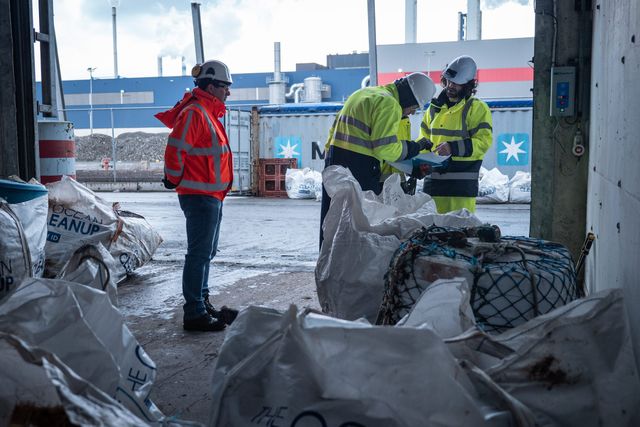
How we made the sunglasses
The circular process of creating the new sunglasses












-
Full Circle
From Trash to TreasureWe have come full circle for the first time; catching ocean plastic and turning it into the cleanup of tomorrow. See the full journey here.
-
Catching the first plastic
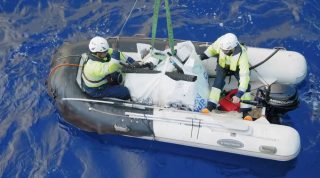
The Ocean Cleanup’s first plastic was caught in the Great Pacific Garbage Patch during our System 001/B campaign in 2019. System 001/B was intended to be a test system, with components that were easily modified offshore. This allowed us to see which configuration created a sufficient relative speed difference between the system and the plastic.

-
Landing the plastic
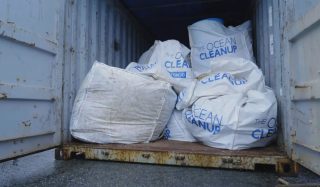
After we completed System 001/B’s campaign, we returned to shore with the first plastic catch tagged, logged, and sealed in containers so that we can trace the plastic from the moment it leaves the ocean. Traceability is maintained throughout the Plastic Journey with the help of a third-party auditor (DNV GL), allowing us to certify that the plastic in your product actually does come from the ocean.
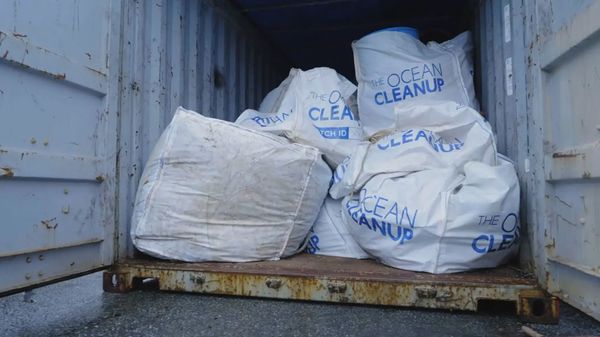
-
Sorting the first plastic

Once the plastic landed in the Netherlands, we could sort it by polymer type. The two main fractions of the catch have different makeups from one another – ghost nets are fibrous, while rigid plastics are hard. Because their properties vary significantly, these fractions must be recycled and processed separately. For our first product, we chose to focus on the ghost nets, because this plastic was better suited for the sunglasses.
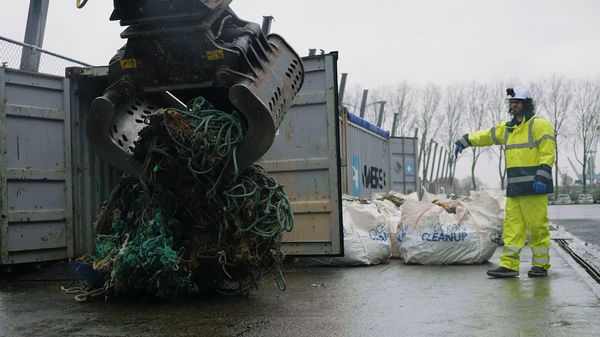
-
Recycling the plastic
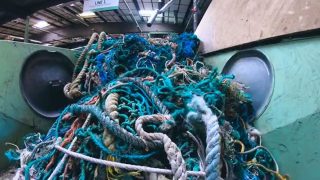
Ghost nets require specific recycling machines for its fibrous material composition. Because ghost nets have been exposed to the forces of the ocean, recycling is more complex than would be for regular fishnets made of the same polymers. The ghost nets underwent the following recycling process: sorting, shredding, washing and drying, and extrusion.

-
Safety and regulatory compliance testing

We verified that the plastic met the regulatory requirements for sunglasses before it could undergo further processing. An independent, accredited laboratory checked for contaminants to ensure that the material meets safety standards for sunglasses. We also tested the mechanical, physical, and thermal properties of the plastic.
-
Creating The Ocean Cleanup material
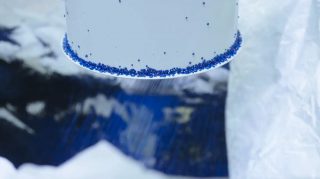
Before we can mold the plastic into its new form to become a product, it will require a small, but necessary, amount of additives, such as stabilizers and pigment. These additives will allow the material to achieve the performance and technical characteristics required for manufacturing, while at the same time create a beautiful, ocean-inspired aesthetic for the product. This combination of additives is embedded in a carrier, called a masterbatch. Once developed, it has been mixed with the plastic to create The Ocean Cleanup material.
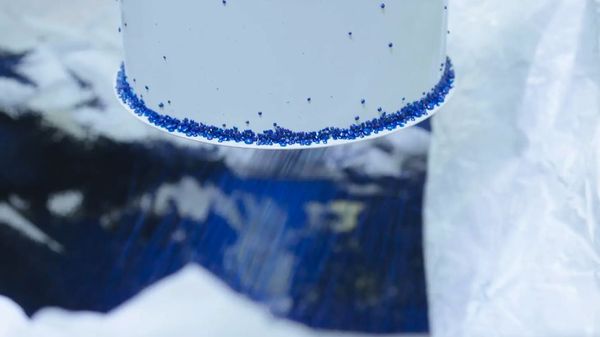
-
Processing System 001, a.k.a. Wilson
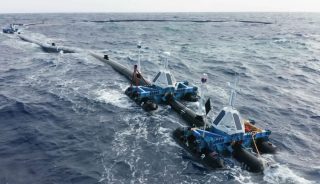
System 001, a.k.a. Wilson, our first ocean cleanup system was deployed in 2018 in the Great Pacific Garbage Patch and provided us with key insights to develop our technology further. We wanted to honor the memory of Wilson by giving it a new life in the form of the case for the sunglasses. The case has the same round shape as Wilson, and the cap mimics the look of the towheads

-
Designing the product

We strived to make a durable product and teamed up with top designer Yves Béhar and his company fuseproject to create a timeless yet iconic design, with a pattern and color palette that are reminiscent of ocean waves. We designed the sunglasses for longevity so they can be treasured for many years, but, should there come a time when they can no longer be used, they are fully recyclable.
-
Producing the product
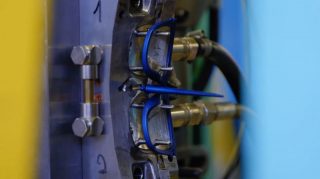
With The Ocean Cleanup material ready, the manufacturing process could begin. Safilo, a market leader and reputable sunglasses producer, ensured that the plastic is effectively incorporated into the creation of this new, unique product that is ready for shipping and use – hereby giving the ocean plastic a second chance.
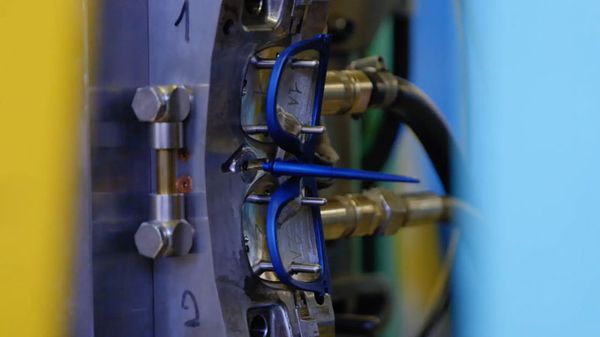
-
Unboxing

The sunglasses are packaged in a custom-designed shipping box, the Wilson case, and a pouch. The pouch resembles the look of the big bags we used to empty the cleanup system and is also made with recycled materials.

-
In your hands
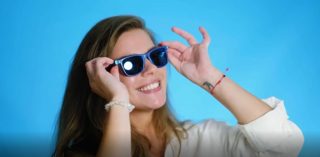
The day you receive your product will be a momentous step in the plastic journey. You will have helped to clean even more plastic from the ocean by giving this plastic a new life. Wear your sunnies with pride and share a photo with #theoceancleanup and/or tag @theoceancleanup to visibly tell your story and inspire other people to join our mission. With your permission, we might even include you in a compilation video of supporters.
-
Continuing the cleanup

Every time we return to the ocean for more cleanup, it will be possible thanks to supporters like you. You can track our progress here.

meaningful partnerships
COLDPLAY LIMITED-EDITION LP
The Notebook Edition LP of Coldplay’s 2024 album ‘Moon Music’ is made from plastic intercepted from the Rio Las Vacas near Guatemala City, one of the world’s most polluted rivers. After the success of Interceptor 006 in Guatemala, we ensured this plastic didn’t return to the ocean by creating a durable, recyclable product. The final LP contains 70% PET river plastic from Interceptor 006 and 30% recycled PET bottles from other sources.

How can you help?
Knowledge on how to create value from river and ocean trash is still very limited. As we continue our journey to create value from it, we need help from supporters and experts.
-

Spread the message
Tag a brand you think we should work with to create new products from certified ocean plastic – and help make them aware!
-
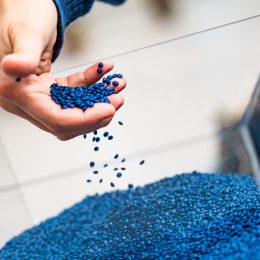
Partner with us
Do you or your network offer suitable end-to-end processing techniques for our plastic? Reach out and tell us more!
-

Donate to our cause
By donating, you can help us continue our work of cleaning up plastic in the environment – and to keep it out!


